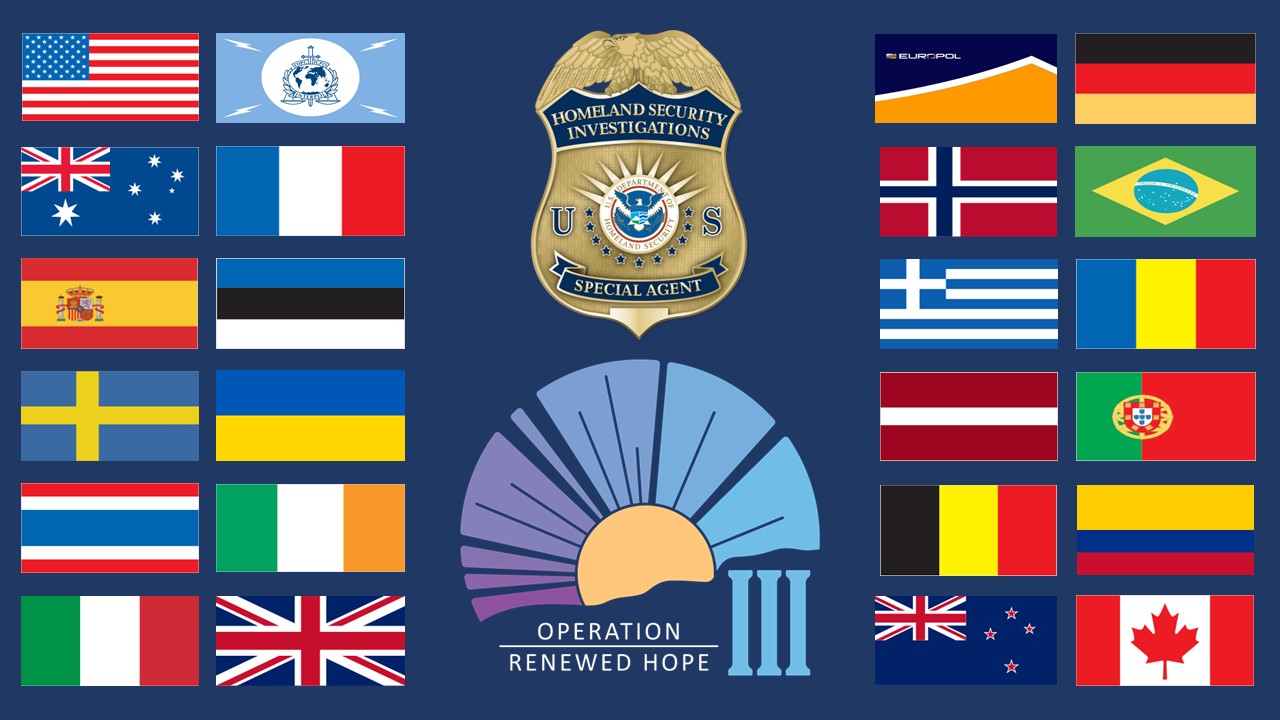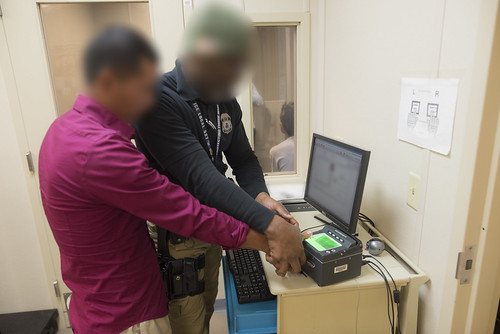The Enforcers: Understanding ICE

Case Study: Operation Renewed Hope III
In early 2025, ICE's Homeland Security Investigations (HSI) led Operation Renewed Hope III, a multinational effort targeting online child sexual exploitation. Collaborating with international law enforcement agencies, the operation resulted in the identification of 36 victims and generated over 380 investigative leads related to additional victims. Analysts reviewed 83,000 files, totaling 216 GB of data, to identify children and offenders, along with the locations where the abuse occurred. This operation underscores ICE's commitment to safeguarding vulnerable populations and holding perpetrators accountable.
Fear vs. Fact: Public Perception of ICE
Over the past decade, ICE has become one of the most polarizing agencies in American politics. Critics, especially on the political left, often portray ICE as a rogue force, raiding homes, tearing apart families, and targeting immigrants indiscriminately. The phrase “Abolish ICE” became a rallying cry in 2018 after reports of family separations at the border drew national outrage.
But here’s what the data shows:
The Enforcers: Understanding ICE

Case Study: Operation Renewed Hope III
In early 2025, ICE's Homeland Security Investigations (HSI) led Operation Renewed Hope III, a multinational effort targeting online child sexual exploitation. Collaborating with international law enforcement agencies, the operation resulted in the identification of 36 victims and generated over 380 investigative leads related to additional victims. Analysts reviewed 83,000 files, totaling 216 GB of data, to identify children and offenders, along with the locations where the abuse occurred. This operation underscores ICE's commitment to safeguarding vulnerable populations and holding perpetrators accountable.

Fear vs. Fact: Public Perception of ICE
Over the past decade, ICE has become one of the most polarizing agencies in American politics. Critics, especially on the political left, often portray ICE as a rogue force, raiding homes, tearing apart families, and targeting immigrants indiscriminately. The phrase “Abolish ICE” became a rallying cry in 2018 after reports of family separations at the border drew national outrage.

But here’s what the data shows:
- In FY 2023, nearly 60% of ICE’s removals involved individuals with criminal convictions or pending charges1.
- The vast majority of arrests occurred after local law enforcement flagged individuals already in custody, not through random raids.
- ICE has formal “sensitive location” policies, which prohibit enforcement at schools, places of worship, or hospitals except in extreme cases2.
This doesn’t mean ICE has never overstepped. Documented instances of collateral arrests, mistaken detentions, and harsh conditions in detention centers have occurred. But the broad portrayal of ICE as an unchecked, family-tearing force isn’t supported by its overall record.
Much like local police departments, ICE’s impact depends heavily on how policies are implemented, not just what they are on paper. In some cases, bad actors or unclear directives have led to real harm. But dismissing the agency outright ignores the work it does in combating transnational crime, rescuing victims, and removing violent offenders.
Why ICE Was Created, and by Whom
In the aftermath of the 9/11 terrorist attacks, the U.S. government reshaped its internal security strategy. The Department of Homeland Security (DHS) was created in 2002, and with it, a new agency: Immigration and Customs Enforcement (ICE).
ICE was established to protect the U.S. against threats at the border and beyond, merging immigration enforcement with federal criminal investigations. It absorbed responsibilities from multiple older agencies, combining elements of customs, immigration, and federal policing into one unit with broad authority.
What ICE Actually Does
ICE has two primary branches:
- Enforcement and Removal Operations (ERO): Focuses on identifying, arresting, detaining, and deporting individuals who violate immigration laws.
- Homeland Security Investigations (HSI): Investigates a wide range of transnational crimes, including human trafficking, drug smuggling, cybercrime, and child exploitation. This division often works alongside the FBI, local police, and foreign governments.
Together, these branches enforce more than 400 federal statutes.
ICE by the Numbers: 2023–2024
- 91,497 at-large arrests made by ERO in FY 2023, up 7.2% from 2022.
- Included 1,713 homicide-related offenses, 4,390 sexual assaults, and 7,520 weapons violations1.
- 271,000+ deportations in FY 2024, the highest since 20142.
- 32,608 arrests by HSI in FY 2024.
- Resulted in 1,783 child exploitation victims rescued and 818 human trafficking victims identified3.
These numbers show that ICE isn’t just about border enforcement, it plays a broader role in tackling organized crime and protecting vulnerable populations.
So Who Does ICE Target?
ICE's stated priority is to target individuals who pose a threat to public safety or national security, especially those with criminal convictions, gang affiliations, or pending deportation orders.
But the reality is more complex. While many operations do focus on high-risk targets, collateral arrests (detaining others during raids) and enforcement in sensitive areas (like schools, courthouses, or hospitals) have sparked controversy, especially under past administrations.
Still, data shows that a significant portion of ICE’s removals involve individuals with criminal records, especially violent or repeat offenders.
Sources
- U.S. Immigration and Customs Enforcement. FY 2023 ERO and HSI Statistics Report.
- U.S. Department of Homeland Security. Year-End Deportation and Enforcement Summary, FY 2024.
- ICE.gov. “ICE, international partners conduct Operation Renewed Hope III to identify and rescue child victims,” 2025.
What’s Next?
Border numbers are rising, budgets are growing, and policies keep shifting, but is it working? In Part 3, we examine whether America’s current approach to illegal immigration is effective, ethical, and sustainable in the long run.
Read Part Three